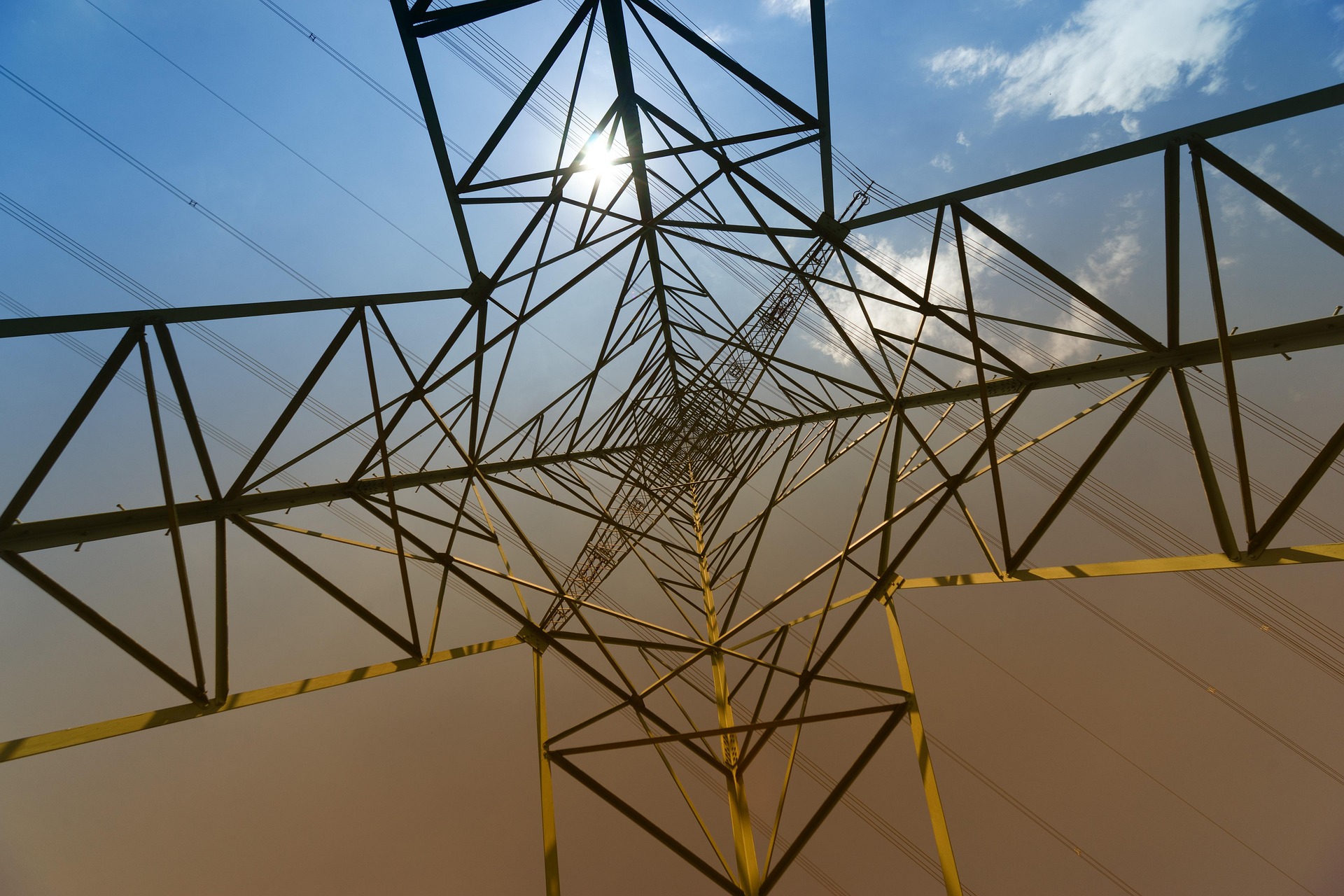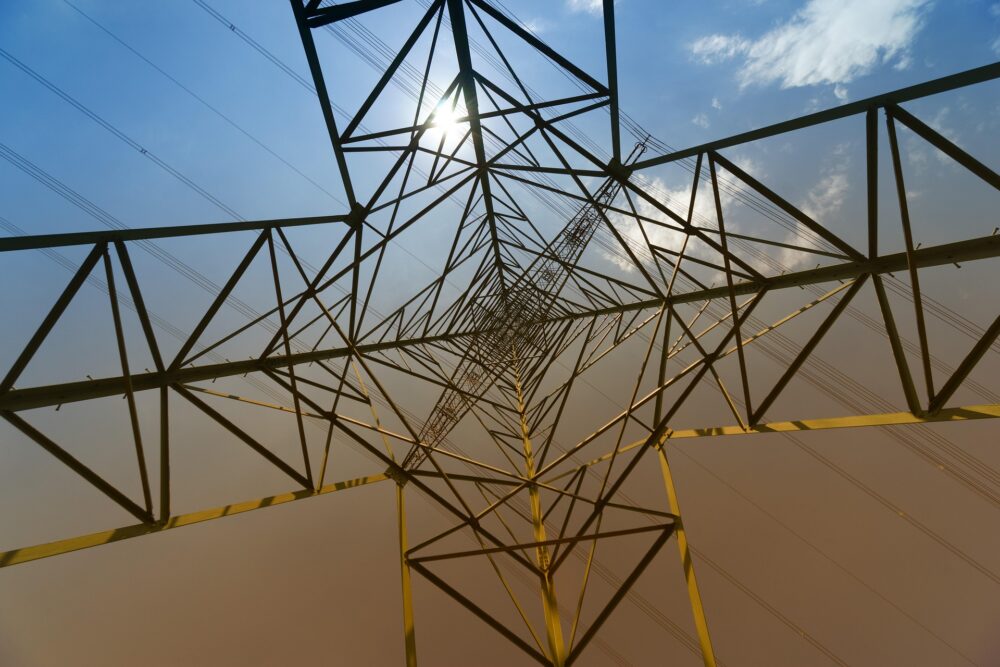~ Uses and challenges of AI in energy ~
A recent IBM study revealed that 74 per cent of energy and utility companies are turning to AI to solve data related challenges. This move is expected to dramatically boost efficiency and reduce environmental impact, with uses ranging from predicting energy demand to optimising grid maintenance. Here Tom Cash, director of automation parts supplier Foxmere, explores its uses and challenges in energy, particularly in terms of infrastructure.
A large portion of the UK’s energy grids and power infrastructure was constructed in the mid-20th century — in the 1960s and 1970s. This means that the average age of electricity transformers is around 63 years.
It was originally designed for a simpler energy landscape, long before renewable energy, electric vehicles (EVs) and smart grids became widespread. As a result, the UK’s energy networks are struggling to accommodate new energy demands and to deal with extreme weather events.
The UK, like many countries, has seen more frequent and severe weather disruptions, such as storms, flooding and heatwaves in recent years. These extreme weather events are causing power outages, which disrupt daily life and lead to significant economic losses.
Alongside these challenges, the UK’s population is projected to reach 70 million by 2026, driving up energy demand even further. These growing needs, combined with a rising reliance on digital technologies, place increasing pressure on the energy sector to modernise and become more resilient.
Smarter forecasting
AI is helping to manage these complex energy demands, particularly through smarter forecasting. Accurate forecasting is essential for balancing supply and demand, especially when integrating renewable energy sources such as wind and solar power, which are intermittent by nature.
AI can analyse vast datasets, including weather patterns, historical consumption data, and renewable energy outputs, to predict both consumer demand and renewable energy production days in advance.
This predictive capability allows energy providers to plan electricity flows more effectively, ensuring power is delivered where it’s needed most while minimising waste.
For example, Google, in collaboration with DeepMind, developed an AI system capable of predicting wind power output 36 hours in advance, leading to a 20 per cent increase in the commercial value of wind energy. Such innovations are crucial for scaling up the use of renewables, strengthening their business case and encouraging broader adoption.
Additionally, virtual power plants (VPPs) are also emerging as a significant application of AI in energy management. VPPs aggregate distributed energy resources, such as solar panels, wind turbines and battery storage, and reduce reliance on expensive, less efficient power plants that are usually used during peak demand.
By using AI algorithms, VPPs can predict energy supply and demand patterns, enabling utilities to encourage consumers to use energy when renewable generation is high, which could reduce annual grid costs by $10 billion.

Predictive maintenance
Beyond forecasting, AI is changing infrastructure management through predictive maintenance. Traditional maintenance schedules are rigid, often leading to unnecessary inspections or delayed repairs.
By analysing data from sensors embedded in power plants, substations and transmission lines, AI can predict equipment failures before they occur. This not only prevents costly unplanned outages but also extends the lifespan of critical infrastructure components
In fact, AI use in predictive maintenance has been shown to reduce breakdowns by 70 per cent and maintenance costs by 25 per cent. A great example of this is National Grid ESO (Electricity System Operator) in the UK, which is leveraging AI for predictive maintenance to monitor their energy infrastructure.
Instead of relying on outdated inspection schedules, they use AI to continuously monitor sensors on critical equipment, such as power lines and substations, to detect potential failures before they occur. This approach is a part of their broader digitalisation strategy to support a decarbonised and reliable electricity system.

Addressing the challenges
While AI brings significant benefits to the energy sector, it also introduces challenges, particularly concerning infrastructure and energy consumption.
The increasing demand for computing power to run AI models requires substantial energy, adding to the sector’s overall consumption. The International Energy Agency (IEA) has raised concerns that electricity consumption could increase significantly as AI becomes more integrated into everyday technologies, such as search engines and digital assistants.
These energy demands must be carefully managed to avoid exacerbating the sector’s environmental impact. However, the benefits of AI — such as improved grid optimisation, smarter forecasting, and predictive maintenance — can offset these challenges.
By partnering with parts suppliers like Foxmere, energy companies can integrate essential automation components that enable smarter grids and predictive maintenance into their plants.
Such collaboration supports the energy sector in overcoming infrastructure challenges and meeting the growing demand for sustainable energy solutions while reducing waste, enhancing energy efficiency and accelerating the transition to renewable energy sources.
Contact Foxmere for more information or a no-obligation quote to receive spare or obsolete automation parts.







